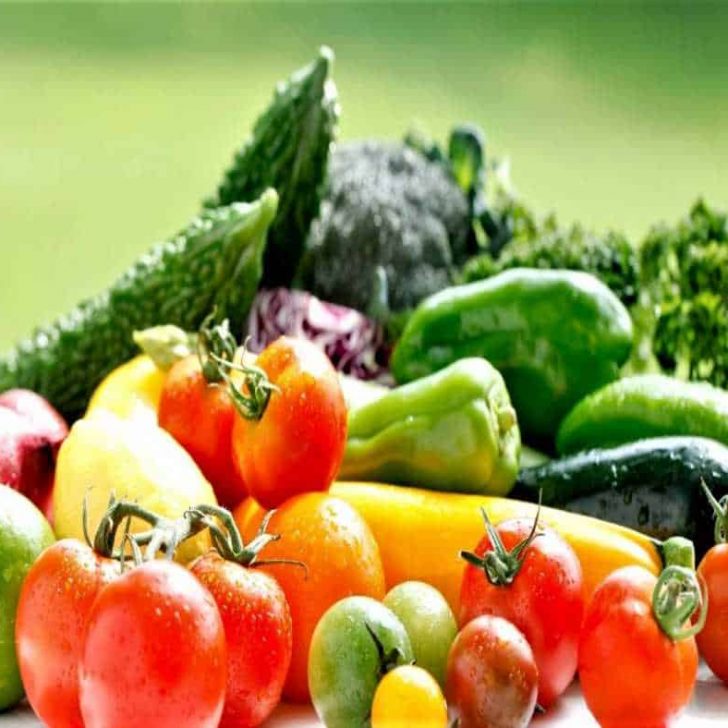Are you ready to plant your very own Southern California vegetable garden? Growing vegetables in Southern California is easy, thanks to our mild climate and ample sunshine, however some veggies do grow better than others.
I have been an avid backyard farmer for over 20 years, and always have something tasty growing in my backyard garden. Decades of trial and error have taught me what thrives and what doesn’t. Here are the best vegetables to grow in Southern California.
The Best Vegetables to Grow in Southern California
1. Tomatoes

If you ask me, the absolute best vegetables to grow in Southern California are definitely tomatoes. Sure, they are technically a fruit, but we tend to lump them in the vegetable category when we think about food and crops.
Tomatoes taste so much better when they are homegrown! The difference in flavor is truly remarkable.
Most tomatoes at the grocery store are picked when they are green to help them survive shipping and prolong shelf life. A homegrown tomato can be picked at peak ripeness, resulting in a much more flavorful tomato.
The other great thing about growing tomatoes in your backyard is that you can grow a wide variety of heirlooms, slicing tomatoes, canning/sauce tomatoes, and pop-in-your-mouth-directly-from-the-vine cherry tomatoes.
Of course, tomato planting isn’t foolproof, but I have all the secrets to a bumper crop. Check out my article filled with tomato growing tips.
Running into problems with your tomatoes? Here is an article dedicated to tomato plant problems and how to fix them.
2. Eggplant
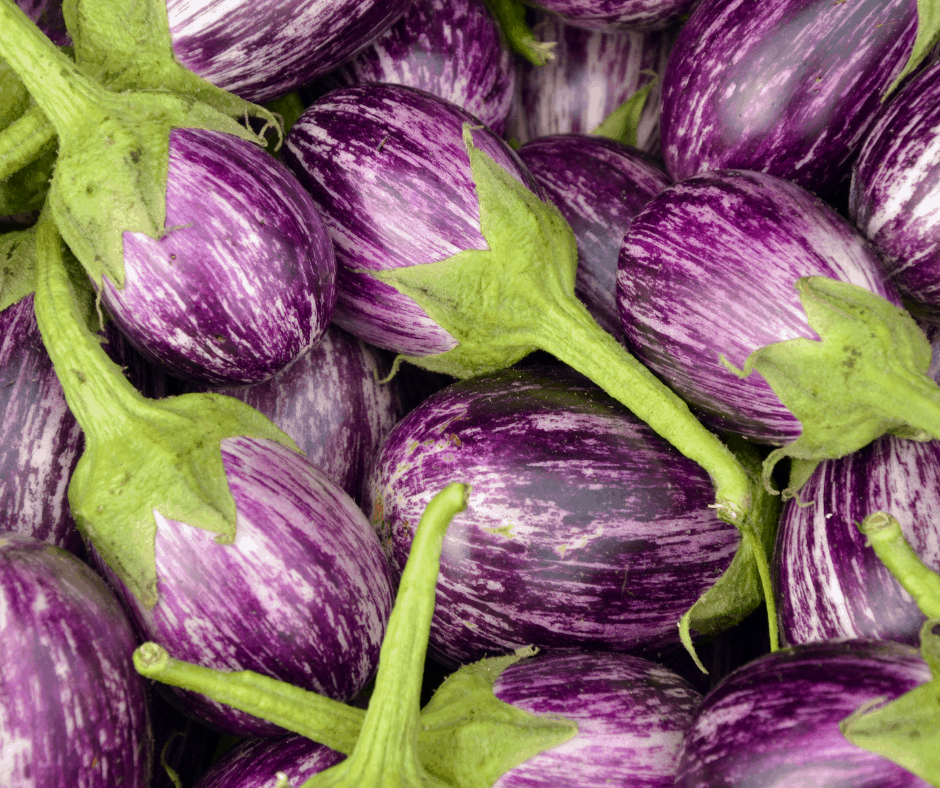
Eggplants have become a mainstay of my Southern California vegetable garden. They grow so well with little effort, and it is fun to grow beautiful heirloom varieties like the lavender Rosa Bianca eggplant variety. If you love to cook Asian food, consider growing the slender Japanese eggplant variety as well.
If you live in an are that doesn’t receive frost, your eggplant may become a perennial (ie: it grows year round). I simply cut my plant back in the fall when temps decline and let it winter over. New sprouts will start popping up in early spring.
3. Peppers
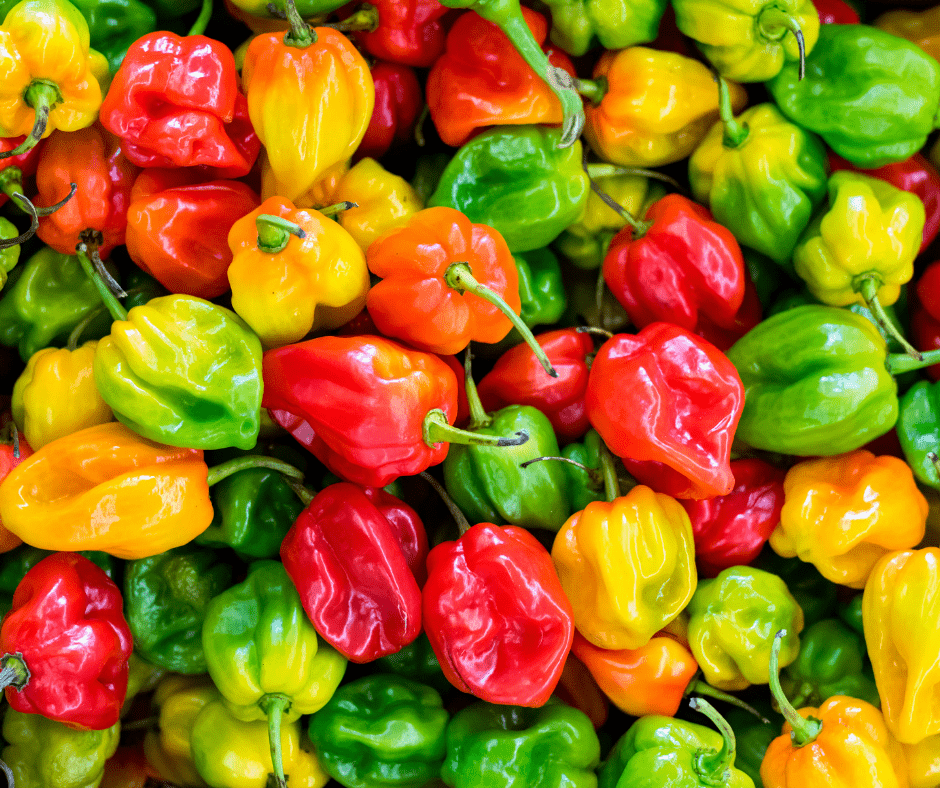
Pepper are another one of the best vegetables to grow in Southern California. They love heat and dislike cold temps, so they seem to be quite happy here in SoCal.
There are so many pepper varieties, and I encourage you to try a new one each spring, especially if you like a little heat in your dishes. I always have jalapenos and stuffing peppers, like poblanos, growing, but I also like to try less common options and discover new favorites.
Of course, not all peppers have to be spicy. Bell peppers are a good option for your Southern California vegetable garden as well. I like to grow purple bell peppers to add color to my garden and add pizzazz to dishes like fajitas.
4. Summer Squash
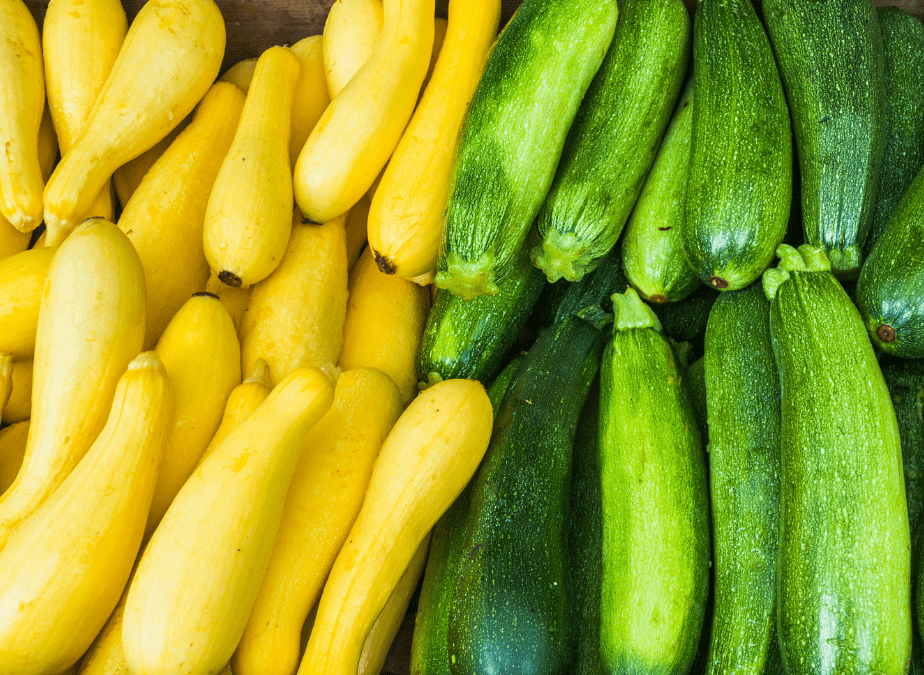
Summer squash grows like a weed in hot weather, so it is no surprise that it does well in our warm Southern California climate. It is one of the best vegetables to grow in Southern California, especially if you live in an inland valley.
My favorite summer squash to grow is zucchini. Once hot weather and peak production sets in, be sure to check your plant daily because zucchinis grow quick!
A monster-sized zucchini is fun to grow but it does lose flavor, so stick with small and medium-sized zucchinis for your dinner plate. Huge zucchinis are great for zucchini bread, however, so grate them and freeze them in Ziploc bags for future use.
Other summer squash that I have had success with are yellow crookneck squash and green or yellow patty pan squash. They each have their own unique flavor.
5. Winter Squash
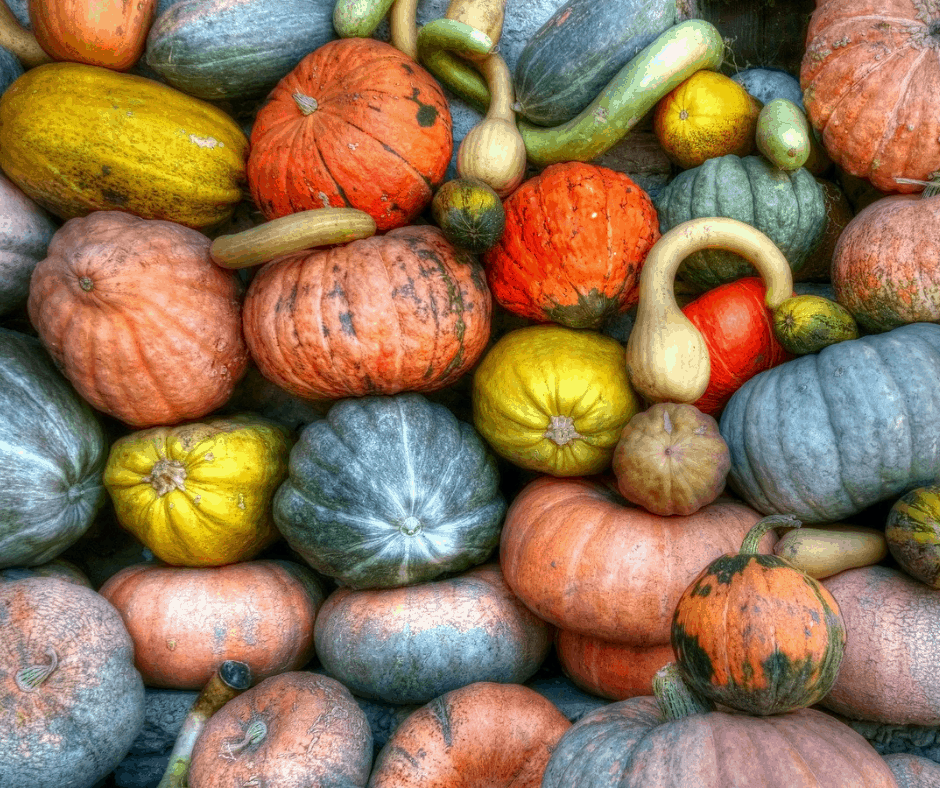
Some of my favorite squash are winter squash. Butternut squash, spaghetti squash, acorn squash, and pumpkins all fall into this category.
The funny thing about winter squash is that you still plant it at the same time as summer squash, in early spring. Winter squash just have a much longer growing season.
Summer squash plants tend to be bushy and winter squash are typically vine plants. Those with smaller spaces might want to trellis these plants. Burpee now has a very cool variety of upright growing squash that I just ordered. I can’t wait to see the results!
6. Greens
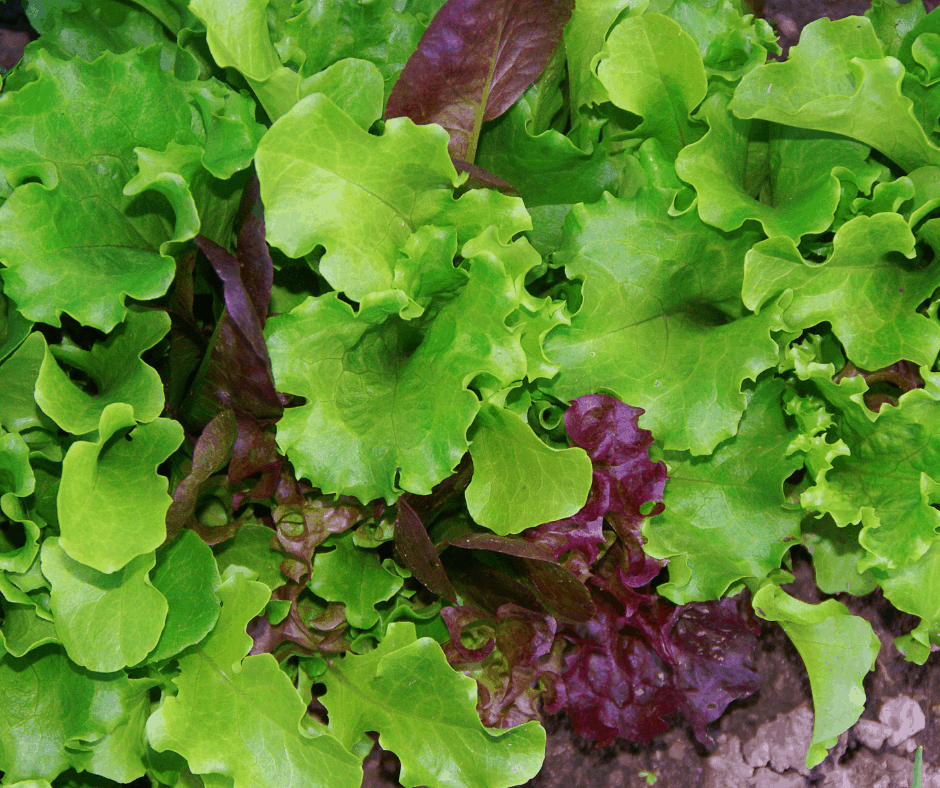
There is something very satisfying about growing a salad. Most lettuces and salad greens like arugula and kale grow quite fast, so you can have a bountiful crop in a short period of time.
I grow my greens in an aeroponic Tower Garden which allows me to grow plenty of salad in a small space, and also happens to be very pretty to look at.
If you don’t want to invest in aeroponics, fear not! Greens still grow well in garden beds and small containers.
The key to always having greens is to sow them in succession. This means you plant seeds about 10-20 days apart to ensure you plants mature at different rates.
Greens are generally not heat tolerant and do best when the weather is below 90 degrees. Their happy place is when highs are in the 60s and 70s.
7. Radishes
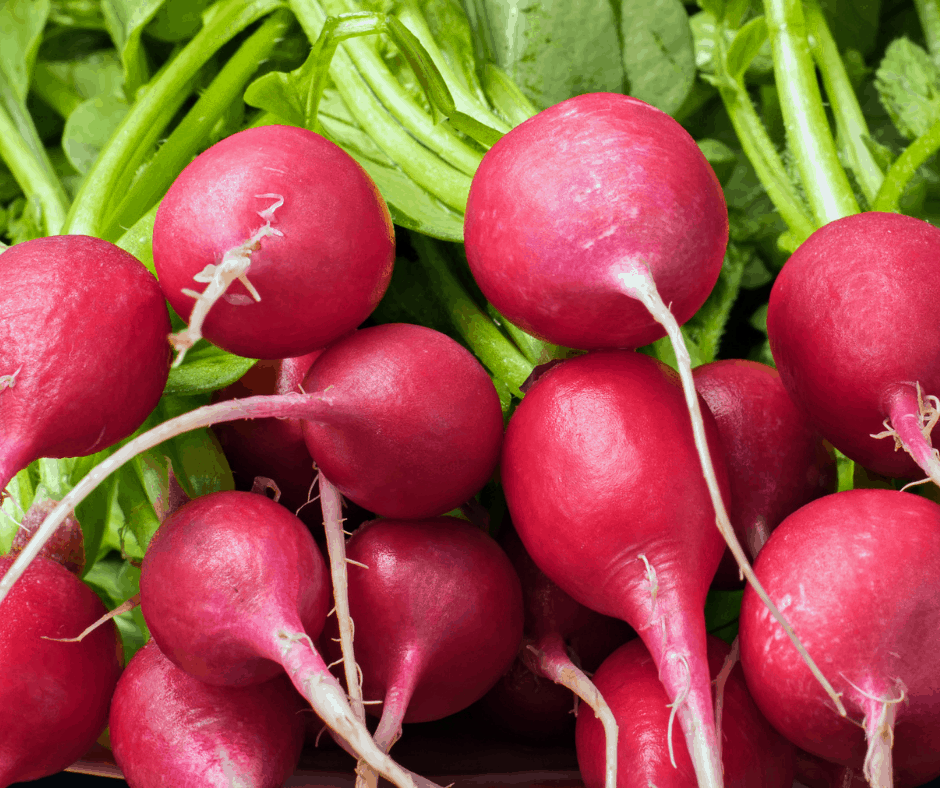
Radishes are a fun addition to a Southern California vegetable garden during the late winter and early spring. Like lettuce, they don’t take long to mature, so you can enjoy your harvest quickly.
If you have young children, growing radishes is a good way to introduce them to crop lifecycles. They grow easily from seed, don’t take long to mature, and are fun to pull up out of the ground.
Radishes are easy to grow in containers as well so if you are short on space, give them a go! Don’t forget to use their tops in salads!
Radishes come in such a beautiful variety of colors and shapes. I love the Baker Creek Heirloom Seeds Easter Basket Mix which contains about 15 varieties.
8. Onions
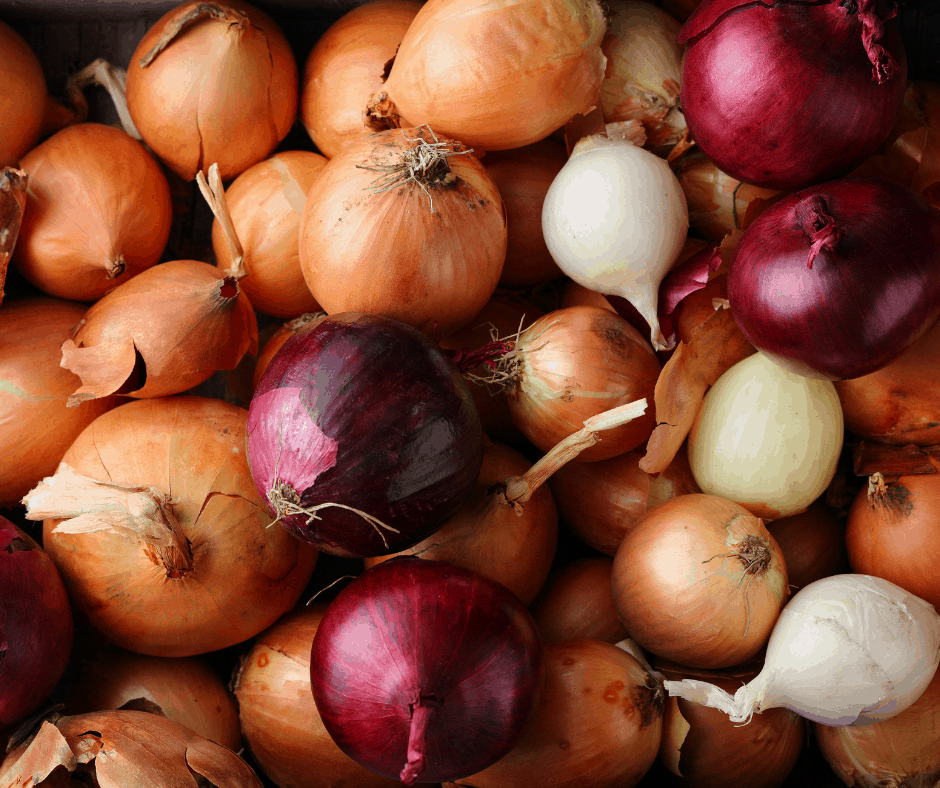
Onions are so easy to grow and used constantly in meals, so why not grow some yourself? I have found that if I plant onions starts in between my tomato plants, it helps reduce pests.
I tend stick to green onions or small bulb white onions, but the sky is really the limit. You can even grow onions from the bottoms of discarded green onions in water, wait for new shoots to come up, and then plant them in the ground.
The other nice thing about growing onions is that they keep in the ground for a long time, so you can harvest as needed.
9. Garlic

Most garlic sold in the United States comes from California, so why not grow some in your vegetable garden?
Garlic is grown using garlic starts. They are essentially bulbs that are split into cloves and then planted, pointed side up. It does take a relatively long time for garlic to mature.
Plant cloves in early spring and stop watering in June. This will help bulb production. Cloves are ready for pulling in late July/early August when the tops have completely browned and dried out.
In order to be sure your garlic will keep, let them sit in a dry, shady area for 2-3 weeks.
10. Sweet Corn
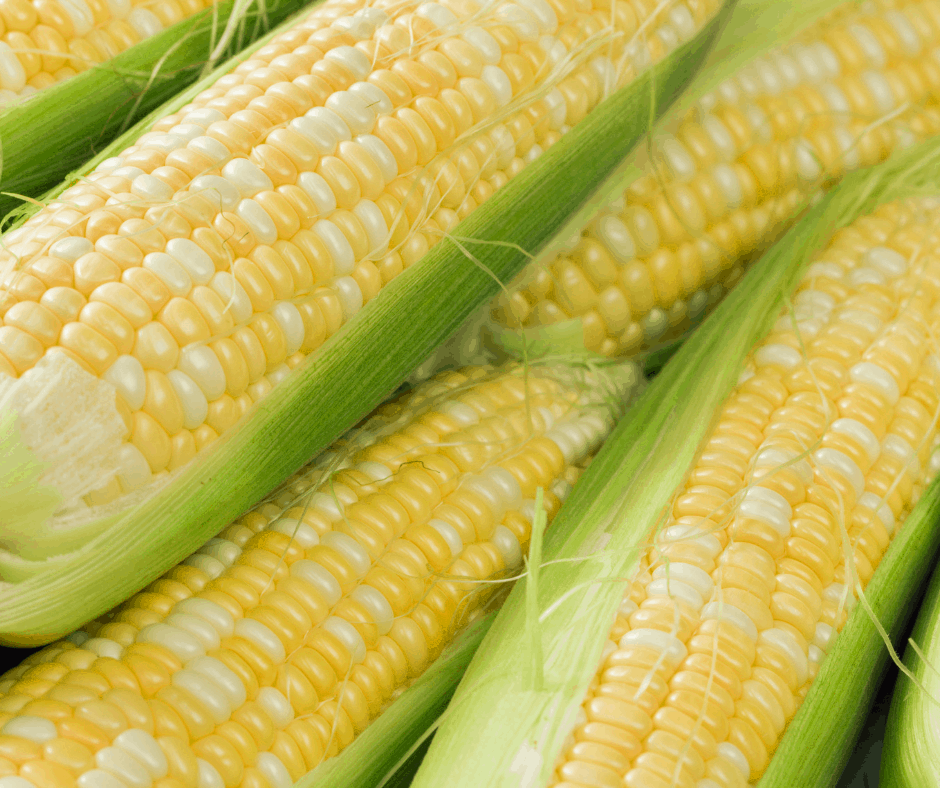
Sweet corn is a fun addition to any Southern California garden. It does require some space, so most people plant small amounts as a novelty crop.
In order for sweet corn to pollinate, it is really best to have multiple rows of corn in a small patch of ground. 25 square feet with four rows of corn is an ideal minimum.
You can grow a smaller number of stalks, but hand pollination would be needed. Nearly all varieties of corn grow well in Southern California and since our growing season is long, you can grow rows in succession, beginning in March.
11. Beets
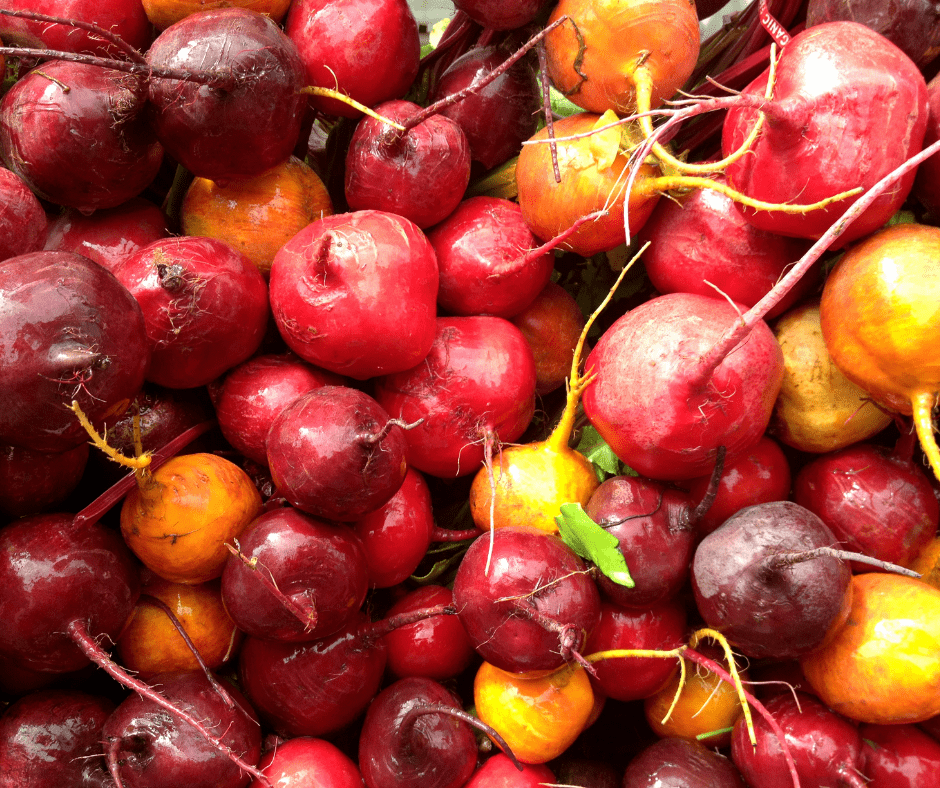
Beets are one of the best root vegetables to grow in Southern California. Unlike some root vegetables, they don’t need much room and are very simple to grow.
I plant my beets in a window box with a drip line in the late fall. They require very little effort are ready to harvest by the end of the year, and are tasty from top to bottom.
You can sow another crop in January and February. Just be sure to harvest before the weather gets too warm.
I love planting Chiogga beets with their pink and white variegated spirals because they taste great and are so pretty when sliced.
12. Beans
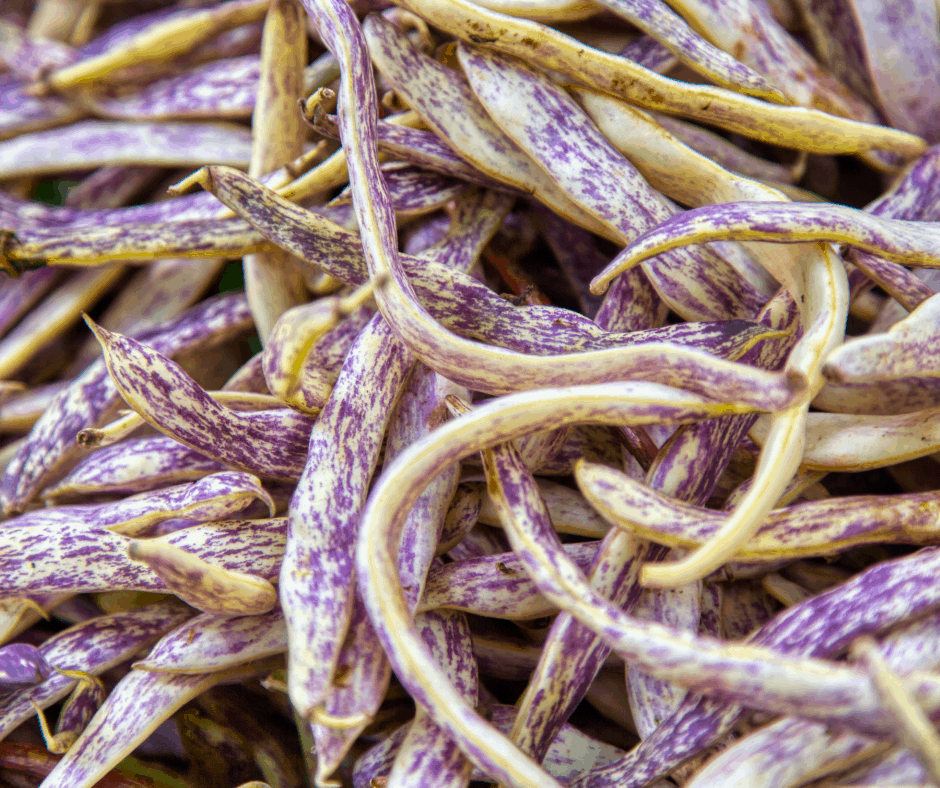
Planting pole beans in your Southern California vegetable garden is a great way to restore nitrogen in the soil and enjoy something tasty at the same time.
It is important to plant beans when soil is warm (minimum 60 degrees). Beans, like fava, are especially good for adding nitrogen production, though you may still need to increase the nitrogen to have a big yield.
I have found that my beans do not like it when the temps get too hot (consistently above 90) in the late summer and this will definitely slow down or stop production.
During the late spring, when bean production should be high, check your vines frequently and pick the beans when young if you want to eat them fresh. If you want to dry them, you can let them begin to dry right on the vine if there is no rain in the forecast.
I have never planted a large crop of beans and thus have never enjoyed a huge bounty, so I tend to plant varieties that are fun colors like Dragon’s Tongue, that are tasty to eat raw or cooked like a typical green bean.
13. Cucumbers
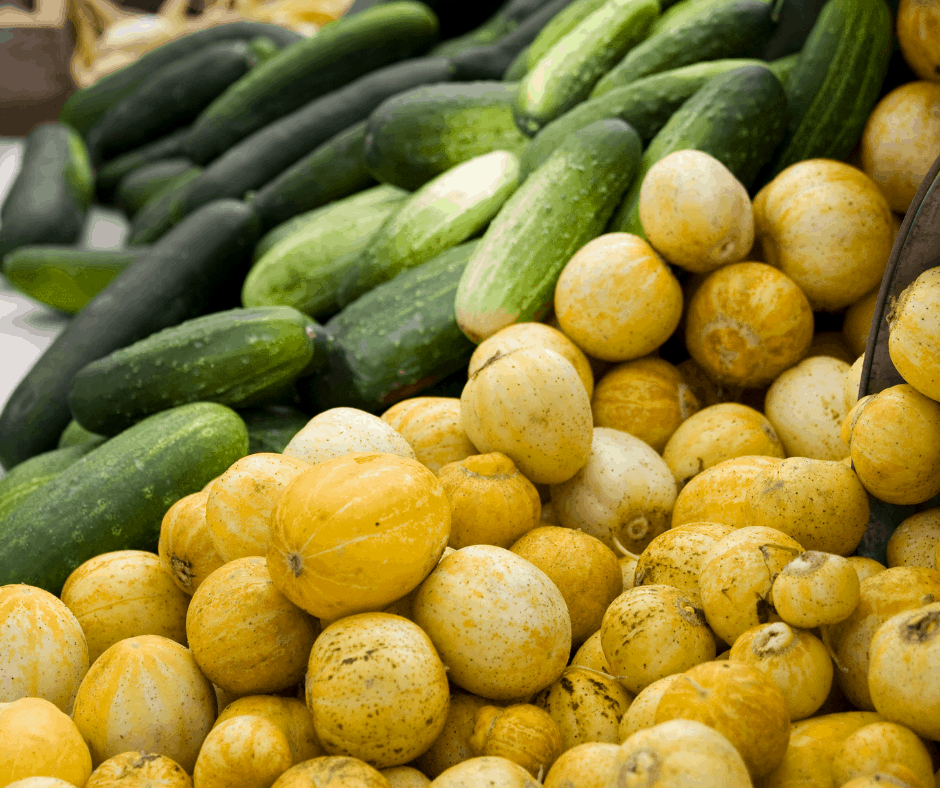
Cucumbers are definitely one of the best vegetables to grow in Southern California. They grow very easily as long as they are well-watered, and take up little space because they can be trellised.
I have found lemon cucumbers to grow like weeds in my backyard garden, producing quickly and consistently for months.
They have a distinctly different (and yes, lemony) flavor than regular cucumbers and should be picked when the skin is light yellow and not too orangy to avoid a woody skin.
Regular English or Perisan cucumbers grow quickly and easily as well, but the vines never seem to last long so the key to having a continuous cucumber crop is succession planting. Cucumbers mature around 50-70 days from planting.
14. Herbs
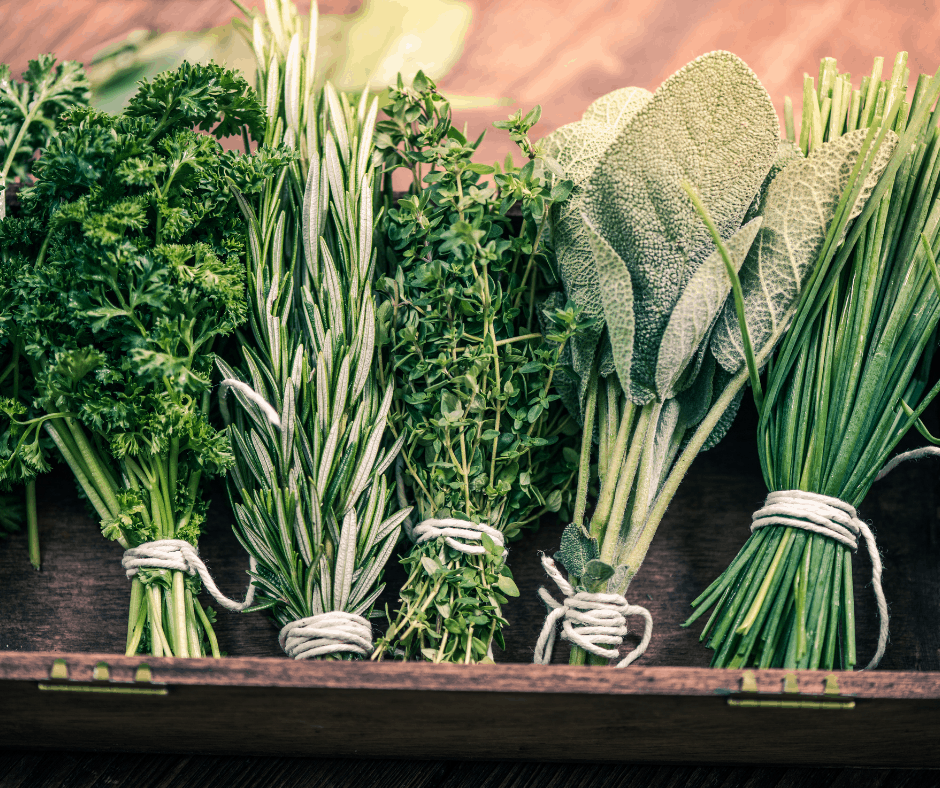
Yes, I know herbs aren’t technically a vegetable, but they really should be a part of your Southern California vegetable garden. Many herbs are incredibly easy to grow and take up little space.
Here are the 15 best herbs to grow in Southern California.
Plant the herbs that you use the most. I always have basil plant going. Be sure to pinch the flowers off your basil plant to increase leaf production and cut the whole things back once or twice during the growing season to promote new growth.
Parsley is another herb I always have growing in my raised beds. It is easy to grow and a common meal ingredient, so I like having it on hand.
Thyme is easy to grow and takes up relatively little space. It is a good one to plant in a container with other herbs like oregano and chives.
Sage grows wild in Southern California’s chaparral, so of course it would well in our home gardens. I like to plant attractive herbs like sage and lavender in my flower garden.
Rosemary can turn into a large hedge and is extremely hardy. It is also incredibly common in my neck of the woods, so I don’t grow it at home. I am lucky to always have a neighbor with a plant in their front yard who is happy to share.
Mint is another hardy herb, so hardy that it can become quite invasive if planted directly in the ground. Instead, pick out a couple of your favorite mint varieties (I like chocolate mint and pineapple mint) and plant them in containers.
Finally, no Southern California vegetable garden is complete without a little cilantro. It is a crucial ingredient in many Mexican dishes, and adds great flavor to everything from salsa to rice.
Cilantro prefers mild temperatures and will bolt (go to seed) quickly when the weather get warm. I plant cilantro in succession in my backyard during the cool months and start a kitchen window container of cilantro during the warm months.

